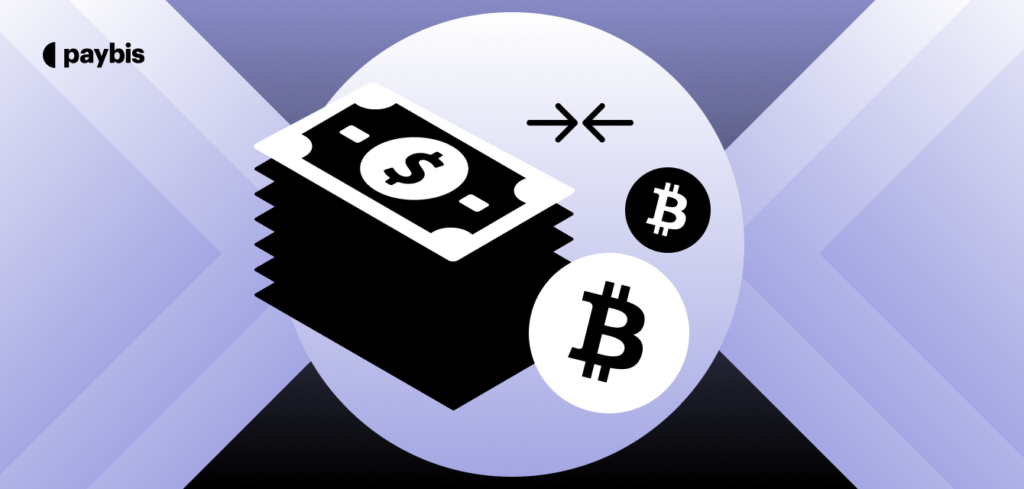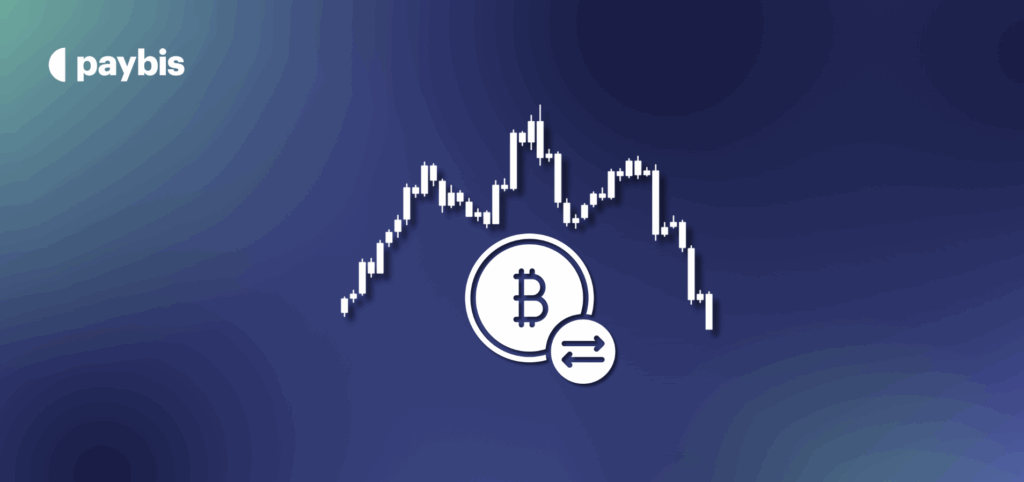Atomic Swaps
Atomic Swap is the exchange of two cryptocurrencies through the use of a smart contract. Also known as “atomic cross-chain trading”, the process allows two separate users to trade different cryptocurrencies, even if they run on two separate blockchains.
As the cryptocurrency sphere continues to evolve, users and developers seek new ways to make trading faster, more secure and more convenient. One of those development involves a more private method of crypto trading – Atomic Swaps.
So, what makes this trading method so revolutionary? What are Atomic Swaps?
In this article, we will delve into the nuts and bolts of this trading option and show you how to complete your very own Atomic Swap. By the end of this post, you will be able to decide whether this type of trading is right for your needs.
Table of contents
What are Atomic Swaps?
Simply put, an Atomic Swap is the exchange of two cryptocurrencies through the use of a smart contract. Also known as “atomic cross-chain trading”, the process allows two separate users to trade different cryptocurrencies, even if they run on two separate blockchains.
An Atomic Swap is essentially a “trustless” exchange, meaning users don’t need to trust the other party for the transaction to take place.
Furthermore, the term “atomic” derives from the fact that every transaction is either completed successfully or doesn’t happen at all.
If for any reason, one party fails to complete their side of the exchange, the funds return to the crypto wallets of their original owners, in full.
How do Atomic Swaps work?
Atomic Swaps have been developed in such a way that “cheating” is completely eliminated. The exchange occurs when both parties deposit their own cryptocurrency into a contract address that holds the coins or tokens.
Both users are given a unique key to access their own funds but are unable to access the cryptocurrency deposited by the other party. This way, they cannot claim the currency they want, until they’ve deposited their own coins in their contract address.
Atomic Swaps are built on smart contracts that use Hashed Timelock Contracts. This feature requires the submission of cryptographic proof within a set timeframe to confirm a payment. Failure to do this will result in the funds being returned back to their original owner.
There are two separate ways that Atomic Swaps can be carried out:
- On-chain atomic swap. The most widely-used of the two methods involves cross-chain trading between two distinct blockchains and native coins. The transaction occurs on the blockchain itself and is highly secure for the users involved.
- Off-chain atomic swap. An off-chain Atomic Swap occurs outside of the blockchain network, taking place on the secondary layer of the blockchain.
Keep reading to better understand the atomic trade process.
A step-by-step guide to Atomic Swaps
It’s much easier to understand how Atomic Swaps work by giving a quick walkthrough of the process. Here, we’ve used an imaginary example to illustrate the process.
- User 1 has Litecoins (LTC) and wants to trade them for Bitcoin (BTC).
- User 1 creates a contract address (or a hash Timelock Contract address), where he deposits LTC. This deposit generates a unique cryptographic hash. This hash is then sent to User 2.
- At this point, User 2 makes use of this hash in order to create his own contract address and deposit BTC.
- Since User 1 created the hash, he will receive a notification that will give full permission to unlock the contract.
- Now, User 2 is also able to access the funds deposited by User 1. All User 2 needs to do is sign a digital transaction for User 1’s contract address.
- User 1 also needs to sign the transaction for User 2’s contract address in order for both users to access the funds they want.
- Once signed, User 2 is able to unlock the value within the transaction, and User 1 can sign User 2’s contract to access the BTC.
Are Atomic Swaps better than centralized trading platforms?
There are certain challenges involved with cryptocurrency trading on centralized trading platforms:
- The process can often be unnecessarily complex, especially on platforms oriented towards advanced traders.
- Centralized exchanges still act as intermediaries and this could pose a security risk.
Thankfully, Atomic Swaps present a way to overcome these challenges.
There are multiple reasons to choose atomic swapping over centralized exchange platforms. These include:
- Quicker trades with fewer steps involved
- Elimination of delays related to exchange platforms
- Users retain their private keys and don’t have to share them with other users
- Fewer security risks
- ID verification is not required
- Fully decentralized transactions
- Trading is cheaper than centralized exchanges
What are the benefits & drawbacks of Atomic Swaps?
As with any new technology, atomic cross-chain trading has its upsides and downsides. We’ve already discussed some advantages that peer-to-peer trading holds, but let’s go a little deeper and also touch on the drawbacks we need to be aware of.
The benefits of Atomic Swaps
- The two special keys involved, a HashLock Key and TimeLock Key, add a higher level of security.
- The HashLock Key ensures that the distribution of cryptocurrencies occurs once all parties approve and sign off on the requested transactions.
- In case one of the two parties fails to complete the trade in a given timeframe, the Timelock Key automatically returns the funds to their original owners.
- The “atomic” element to this type of trade ensures that the trade only occurs once both parties sign off by making a deposit.
- This is the first practical way to exchange different cryptocurrencies that run on distinct blockchains.
- Atomic trading is a cheaper, faster way to swap crypto coins or tokens, and trades of this nature have a higher degree of interoperability.
- Parties do not need to trust each other for the transaction to take place.
The drawbacks of Atomic Swaps
- In order for a peer-to-peer swap to take place, certain conditions need to be met. For example, the blockchains that host each cryptocurrency need to share the same hashing algorithm.
- Developers are still working on increasing the privacy of users. For example, you can still track on-chain transactions on a blockchain explorer.
Summing up
Atomic Swaps are still a relatively new introduction to the crypto trading market. While we are currently still in the growth phase, there is no doubt that this trading method will become more popular in the future.
Offering new cross-trading capabilities, atomic swaps could be a key disruption that encourages the wider creation and use of cryptocurrencies.
Disclaimer: Don’t invest unless you’re prepared to lose all the money you invest. This is a high‑risk investment and you should not expect to be protected if something goes wrong. Take 2 mins to learn more at: https://go.payb.is/FCA-Info


